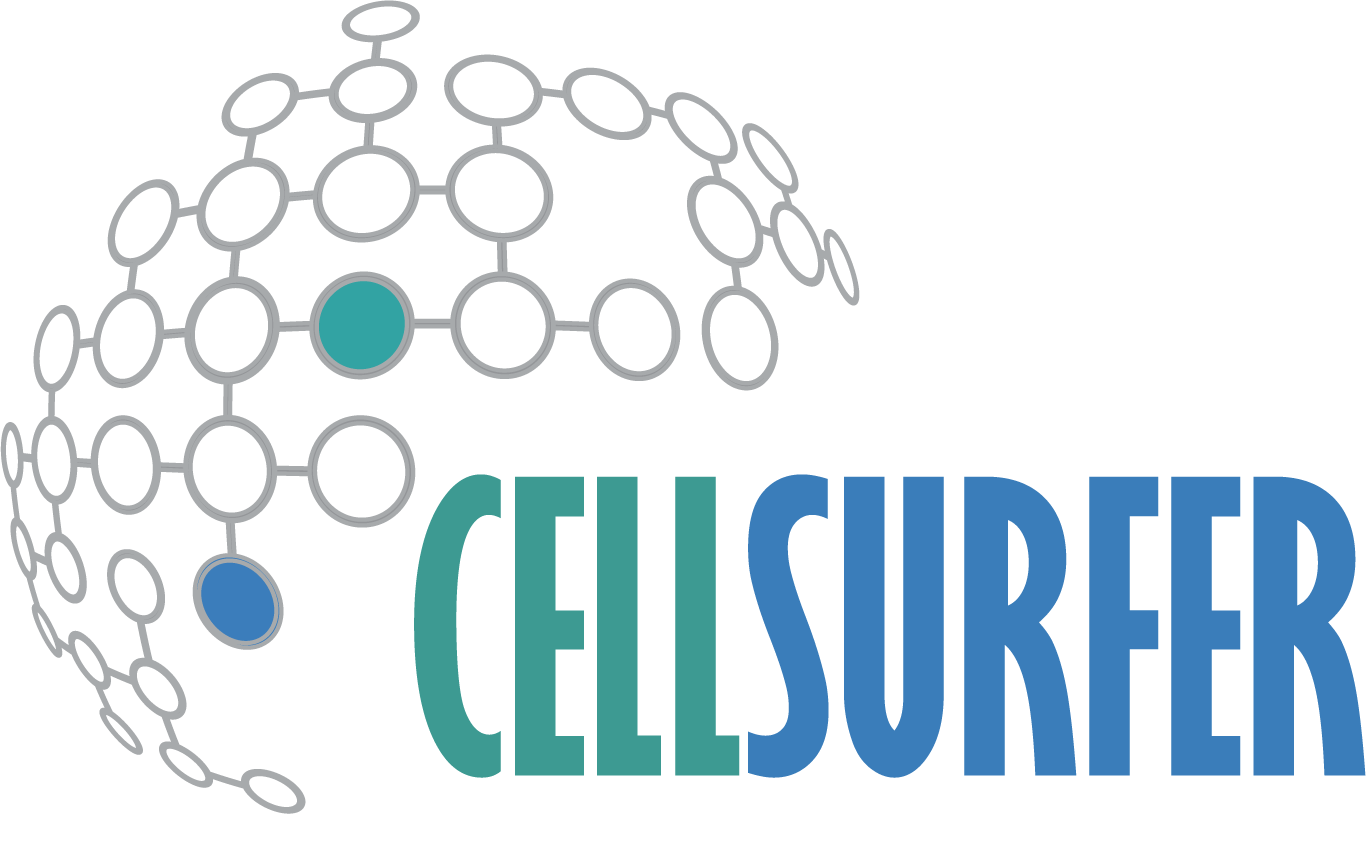Veneer
Lead Developer: Jack Littrell
The lack of standardization in how cell surface proteomics have been analyzed and reported presents challenges to comparing methodologies, datasets, and inspiring confidence in claims of subcellular localization. Veneer provides a solution to this problem.
Veneer is an automated, standardized solution for curation, classification, annotation and reporting of data generated by μCSC and related workflows
Veneer features:
Reliance on gene ontology terms and database annotations are avoided by using experimental evidence and applying stringent criteria to accurately classify identified proteins as cell surface N-glycoproteins.
Veneer output provides easy access to N-glycosite information that is valuable for determining the orientation of uncharacterized transmembrane proteins, which is essential for informing downstream antibody development.
Veneer processes qualitative and quantitative μCSC and related datasets (experiments that include deglycosylation with PNGase F).
Inputs/outputs are agnostic of vendor or platform used for data acquisition or database searching.
Veneer can be applied to re-process published data to assess levels of confidence in prior claims of surface localization. Veneer can be applied to other N-glycoprotein or N-glycopeptide enrichment strategies including ligand receptor capture and methods that incorporate, biocytin hydrazide, aminooxy biotin, and alkoxyamine-PEG4-biotin.

